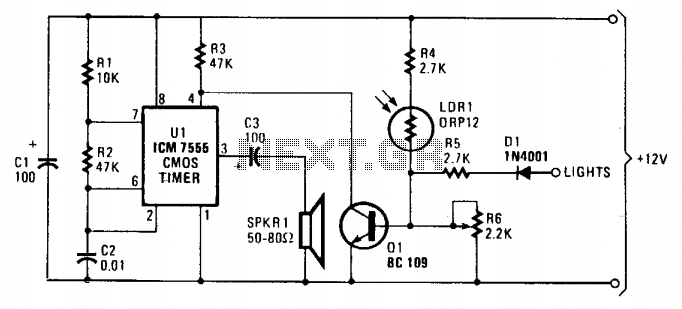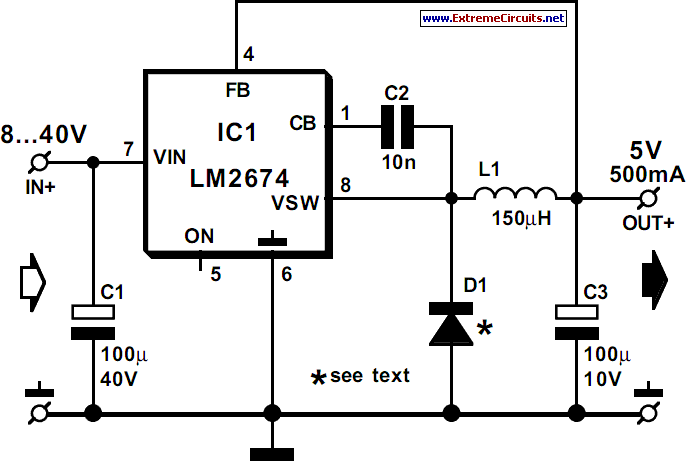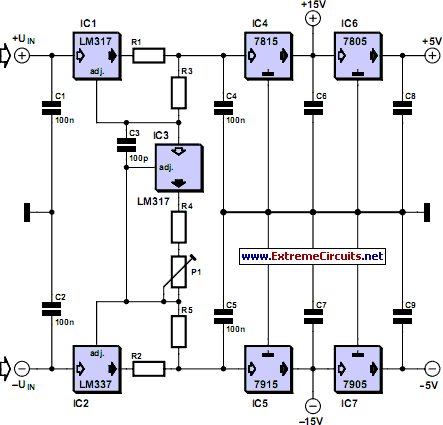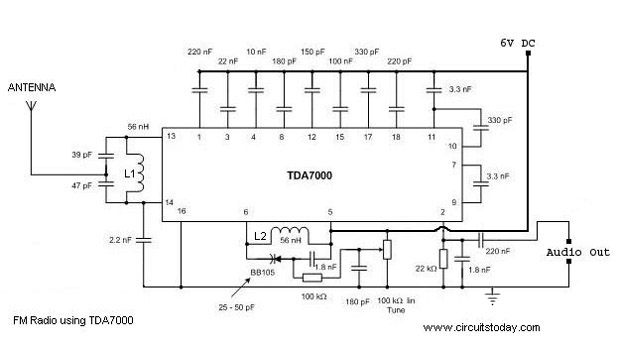
Electronic Safety Switch Circuit

SI and S2 must be pressed within 200 ms of each other to activate K1. The hold time is adjustable via K7. Additionally, the overlap time of SI and S2 can be modified by changing C1 and C2 or R1 and R2.
The circuit described involves two switches, SI and S2, which play a critical role in activating a relay or another control mechanism represented by K1. The requirement for SI and S2 to be pressed within a specific time frame of 200 milliseconds adds a timing constraint that is essential for proper operation. This timing can be crucial in applications where precise control is necessary, such as in safety systems or automated processes.
The hold time, adjustable via K7, allows for flexibility in how long K1 remains activated after the switches have been engaged. This feature can be particularly useful in applications where the duration of the activation needs to be tailored to specific requirements. The adjustment mechanism for K7 could involve a variable resistor or a potentiometer, providing users with the ability to fine-tune the hold time.
Furthermore, the overlap time for switches SI and S2 can be altered by modifying the values of capacitors C1 and C2 or resistors R1 and R2. This suggests that the circuit may utilize an RC timing configuration to determine the overlap period. By adjusting these components, the user can change how long the two switches need to be pressed simultaneously for K1 to activate, allowing for customization based on the specific application needs.
In summary, this circuit design provides a versatile control mechanism with adjustable timing features, making it suitable for various electronic applications where timing and control are critical. SI and S2 must be depressed within 200 ms of each other to activate Kl. The hold Lime is adjustable via K7. SI and S2 overlap time can be changed by changing Cl and C2 or Rl and R2.
The circuit described involves two switches, SI and S2, which play a critical role in activating a relay or another control mechanism represented by K1. The requirement for SI and S2 to be pressed within a specific time frame of 200 milliseconds adds a timing constraint that is essential for proper operation. This timing can be crucial in applications where precise control is necessary, such as in safety systems or automated processes.
The hold time, adjustable via K7, allows for flexibility in how long K1 remains activated after the switches have been engaged. This feature can be particularly useful in applications where the duration of the activation needs to be tailored to specific requirements. The adjustment mechanism for K7 could involve a variable resistor or a potentiometer, providing users with the ability to fine-tune the hold time.
Furthermore, the overlap time for switches SI and S2 can be altered by modifying the values of capacitors C1 and C2 or resistors R1 and R2. This suggests that the circuit may utilize an RC timing configuration to determine the overlap period. By adjusting these components, the user can change how long the two switches need to be pressed simultaneously for K1 to activate, allowing for customization based on the specific application needs.
In summary, this circuit design provides a versatile control mechanism with adjustable timing features, making it suitable for various electronic applications where timing and control are critical. SI and S2 must be depressed within 200 ms of each other to activate Kl. The hold Lime is adjustable via K7. SI and S2 overlap time can be changed by changing Cl and C2 or Rl and R2.





